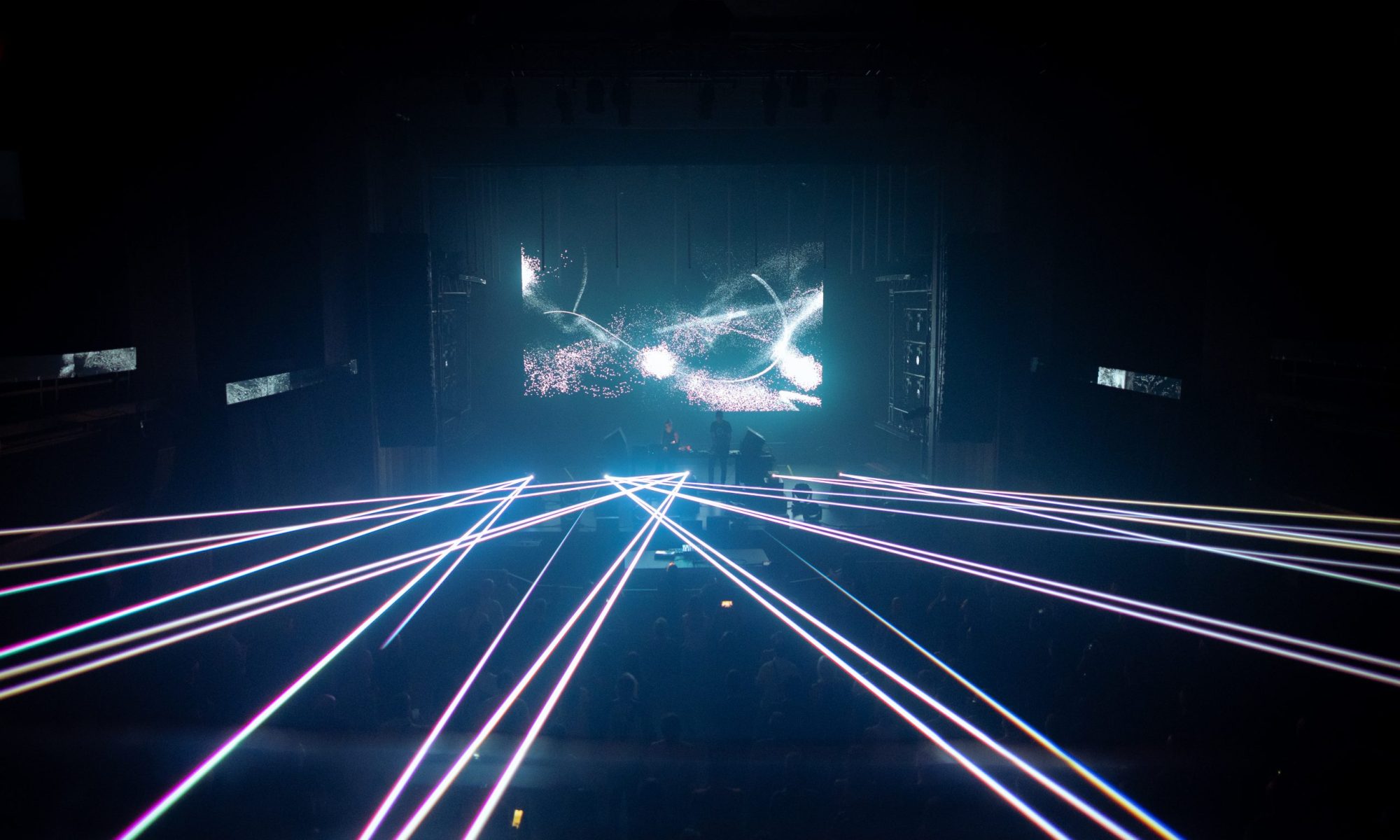Trilogy and Epilogue on and/OAR
Michelangelo Antonioni’s filmography offers such a rich source of imagery and
themes it’s a wonder no experimental music project has appeared until now
based upon it. All credit goes to and/OAR, then, for choosing the Italian auteur
as the third in its film director series (previous volumes honoured Andrei
Tarkovsky and Yasujiro Ozu), with the two-disc set, formally titled
Michelangelo Antonioni – Trilogy and Epilogue, focusing on L’Avventura (1960),
La Notte (1961), L’Eclisse (1962), and Deserto Rosso (1963). Antonioni is, of
course, the master of ennui and alienation whose works are populated by
wandering souls who either vanish altogether (L’Avventura) or co-exist but
with the littlest of connection to one another. Not surprisingly, he preferred that
his films be generally unencumbered by music’s presence, believing that his
stories would breathe better without such interference; in that regard, Giovanni
Fusco, whose music appears in most of Antonioni’s films from the late 1950s
to the early ‘60s, apparently declared, “The first rule for any musician who
intends to collaborate with Antonioni, is to forget that he is a musician!”
A few other background details are worth noting before turning to the contents
of the release itself, specifically Antonioni’s sensitivity to the importance of
natural sounds—what he regarded as the “true music” of a film—and the
pioneering electronic music that Vittorio Gelmetti contributed to Deserto Rosso.
Such dimensions of the director’s work draw a clear line connecting the artists
featured on and/OAR’s recording, all of whom in one way or another share like-
minded sensitivities to environmental sound and to the role of electronics in
current music-making practices. The set features over two hours of lower-
case, electro-acoustic works peppered with the kinds of pregnant pauses and
empty spaces that characterize Antonioni’s films. Some of the pieces (all
untitled) are heavily electronic in nature (Marc Behrens’ turbulent setting, Antti
Rannisto’s throbbing drone), while others inhabit an interzone where acoustic
instruments (clarinet, cello), natural sounds (industrial creaks, cavernous
rumbling), and electronic manipulations reside. The artists involved will be
familiar to those conversant with the microsound genre, with figures such as
Roel Meelkop, Ben Owen, i8u, Lawrence English, Steinbrüchel, Jason Kahn,
and Tomas Phillips taking part. The piece by Pali Meursault (with Ici-Même)
stands out as one of the settings that is most rich in outdoor sounds, with train
clatter, traffic noise, and bird sounds threading their way into the mix. Richard
Garet’s sub-lunar exploration sounds like the essence of La Notte and
L’Eclisse distilled down to a seven-minute form. Dale Lloyd’s brief piano
rumination arrives as a breath of fresh air amidst such abstractions, as does
Marihiko Hara’s at album’s close.
The package for the release includes two quotes taken from Seymour
Chatman’s 1985 book Antonioni: Or, the Surface of the World, one of which in
particular merits inclusion here for the clarity it brings to the director’s
approach: “Antonioni asks us to take a slow, steady look at the world around
us, to forget our ordinary preoccupations, and to contemplate that which lies
slightly athwart them.” Michelangelo Antonioni – Trilogy and Epilogue

